Mt Fuji might erupt. Or there might be an earthquake that breaks the skyscrapers of Tokyo. Even though either is extremely unlikely, you need to be prepared just in case. Luckily, the preparation is easy. Read how in this article.
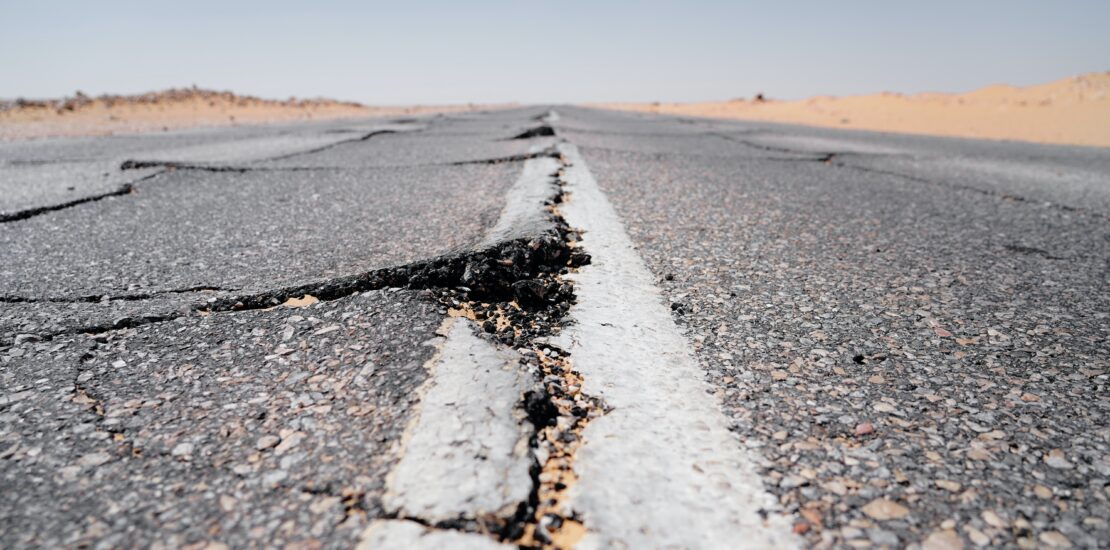
One of the scariest things that can happen to you in Japan is that the building starts shaking. If things start falling off the shelves, you know it is time to get under the table.
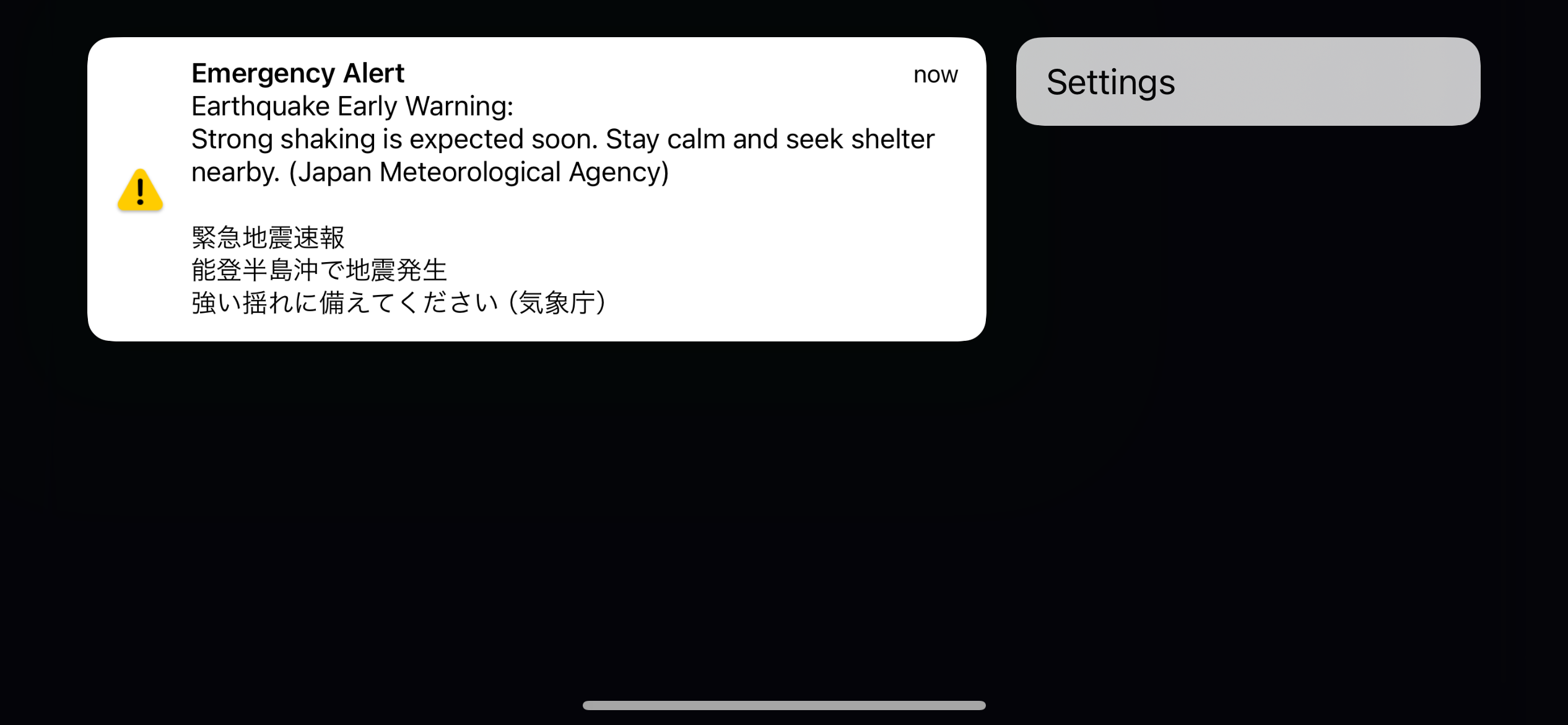
There are earthquakes every day in Japan, mostly too small to be felt, but occasionally big enough that the ground shakes. But it takes a lot to shake the ground so much that things move enough to fall off the shelves. Earthquakes that big do not happen very often – the latest was the big earthquake outside the Noto peninsula this year, but before that the previous big quake was in Tohoku in 2011, before that in the Kobe-Osaka area in 1995; and the violent earthquake before that was the Great Kanto Earthquake in 1923. So the risk is quite rare.
Four plates collide
It is unlikely that any humans will be around to see what Japan will have become in hundreds of millions of years, but meanwhile, movements that are minute on a geological scale release enormous amounts of energy on the human scale.
Japan is seismically very active – four of the plates that form the Earth’s crust meet here, and they chafe at each other constantly, sometimes moving a few millimeters. It may not sound like much, but imagine two cars pushing at each other, one of them denting the other since it has a bigger engine. Now multiply that by hundreds of billions. That is the scale we are talking about, and the movement of the plates against each other is what forms mountains – even if it takes millions of years for a plate to push up the other even a few hundred meters.
Extremely rare earthquakes
Events like the 2011 earthquake and tsunami in Tohoku are exceedingly rare, even if they make an imprint on the collective consciousness of the Japanese, making them more cautious. The biggest fear in the Tokyo area however is not earthquakes or tsunamis, but an eruption of Mt Fuji. While the volcano has been dormant since 1708, it is still venting gases, although not as much as the volcano in Hakone, which is geologically connected.
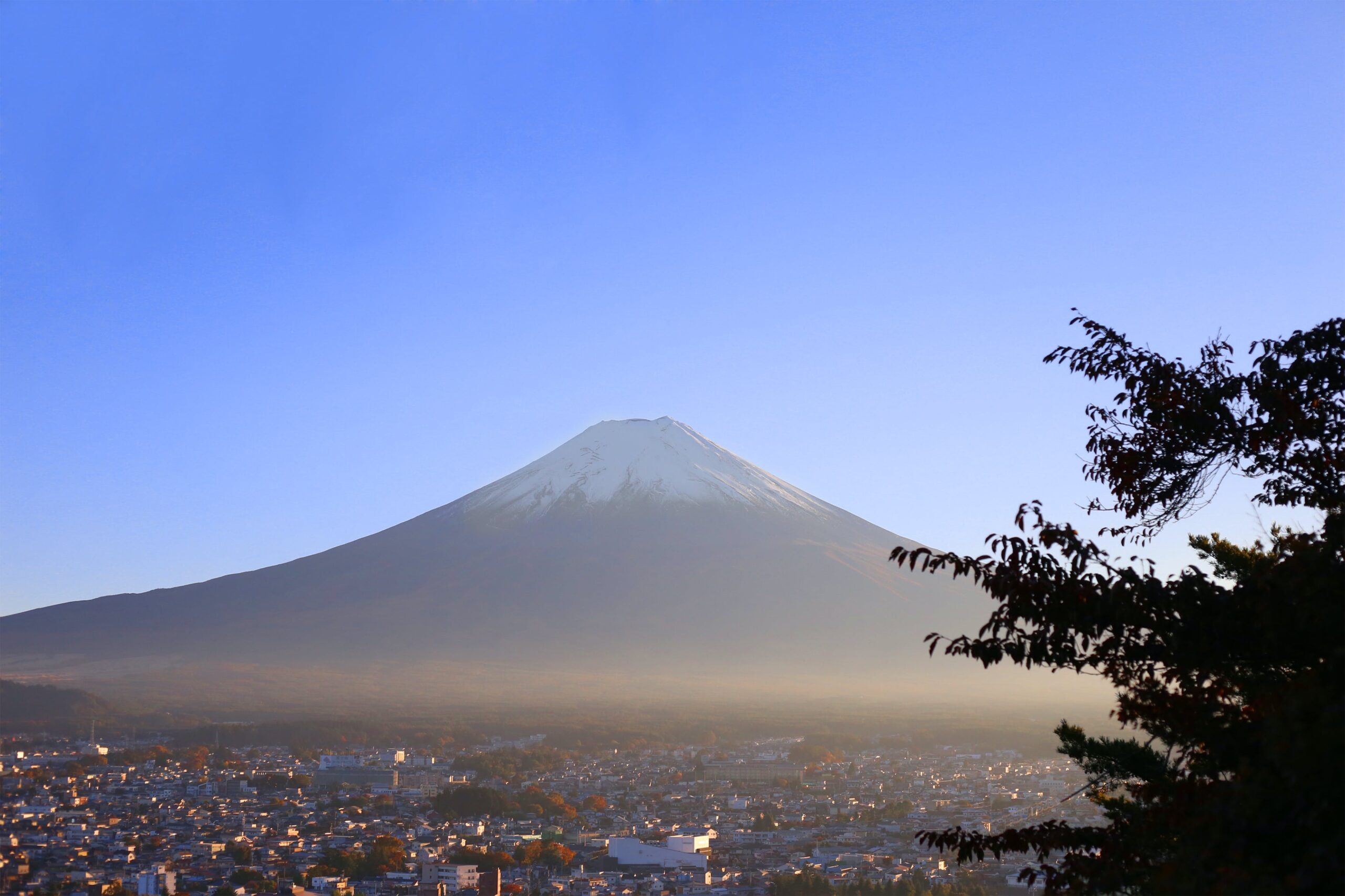
That said, there is currently no sign of magma flows under Mt Fuji, and an eruption is considered extremely unlikely. Earthquakes, while rare, are much more likely, and the Japanese are extremely well prepared, with evacuation plans, emergency vehicle roads, and other measures planned for the city. Every year September 1, the anniversary of the Great Kanto Earthquake in 1923, is “disaster prevention day”, when school children practice earthquake awareness, fire prevention, and (in some parts of Japan) what to do in case of a North Korean missile attack.
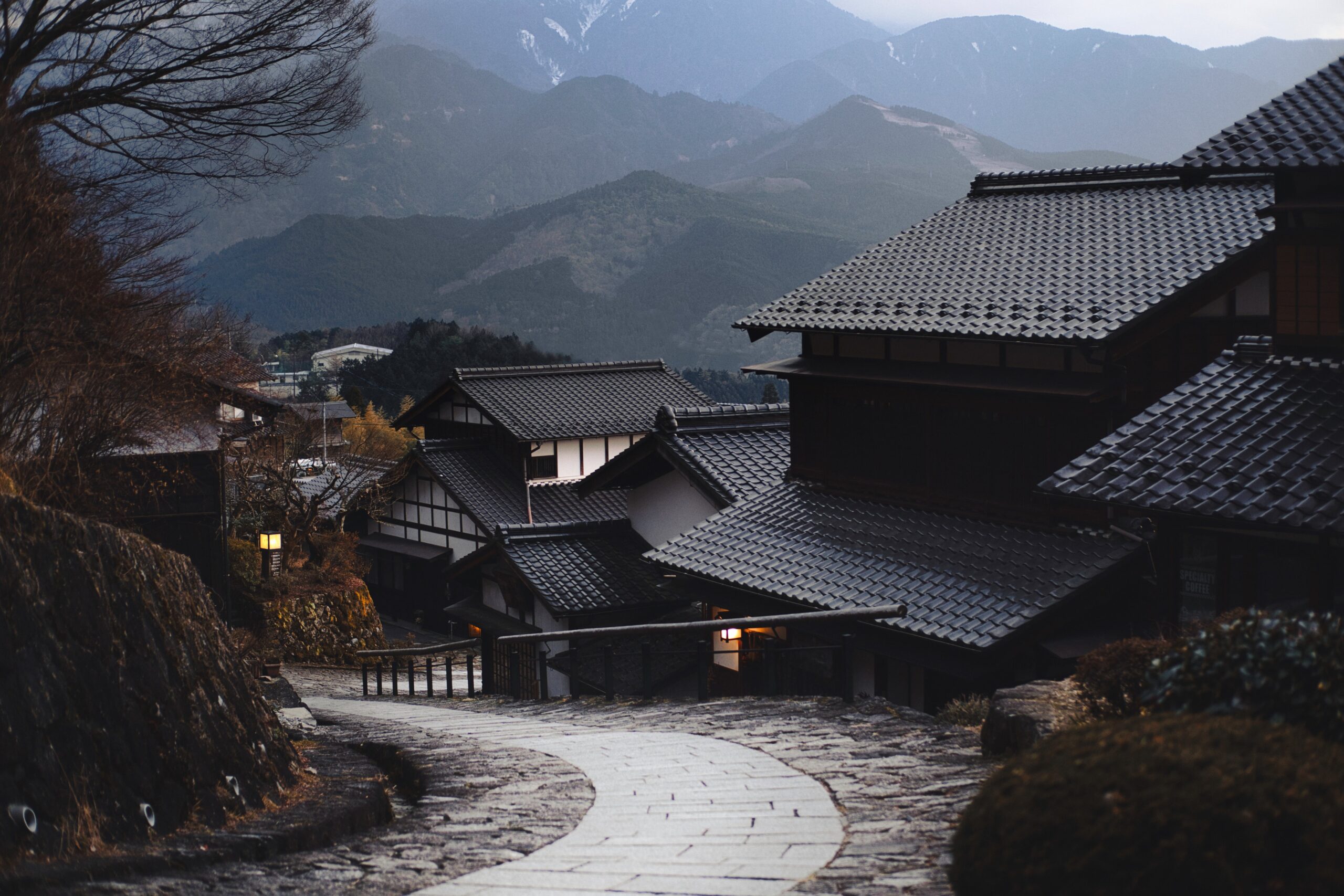
Tokyo burned down several times during its long history. Cities built from wood and paper, like the old Japanese houses, are of course sensitive to open flame and glowing embers – which were used for light, cooking, and heating.
The devastating fires that were a scourge of earthquakes in the past were often triggered by the flow of gas in the city gas networks not being properly interrupted, as safety valves were lacking; now safety valves are in place, and after a big earthquake you have to locate the gas meter and turn on the flow again by pressing the big red button.
No Tokyo tsunami risk
The biggest devastation in 2011 was not from the earthquake itself, but from the tsunami that followed, a wave of water temporarily raising the sea level more than 30 meters, and flooding large areas inland. The tsunami is a force of nature – there is nothing you can do to withstand it. The push of the water is relentless, and the only way you can do something about it is by getting out of the way. Or getting it out of your way, which is why there now are huge walls along the seaside from the Chiba coast up to central Iwate. This will also avoid incidents with nuclear plants similar to what happened at the Fukushima Dai-Ichi nuclear power plant, where the power station is likely to continue to be dangerously radioactive for hundreds of years, even if people are slowly able to move back to some of the contaminated areas.
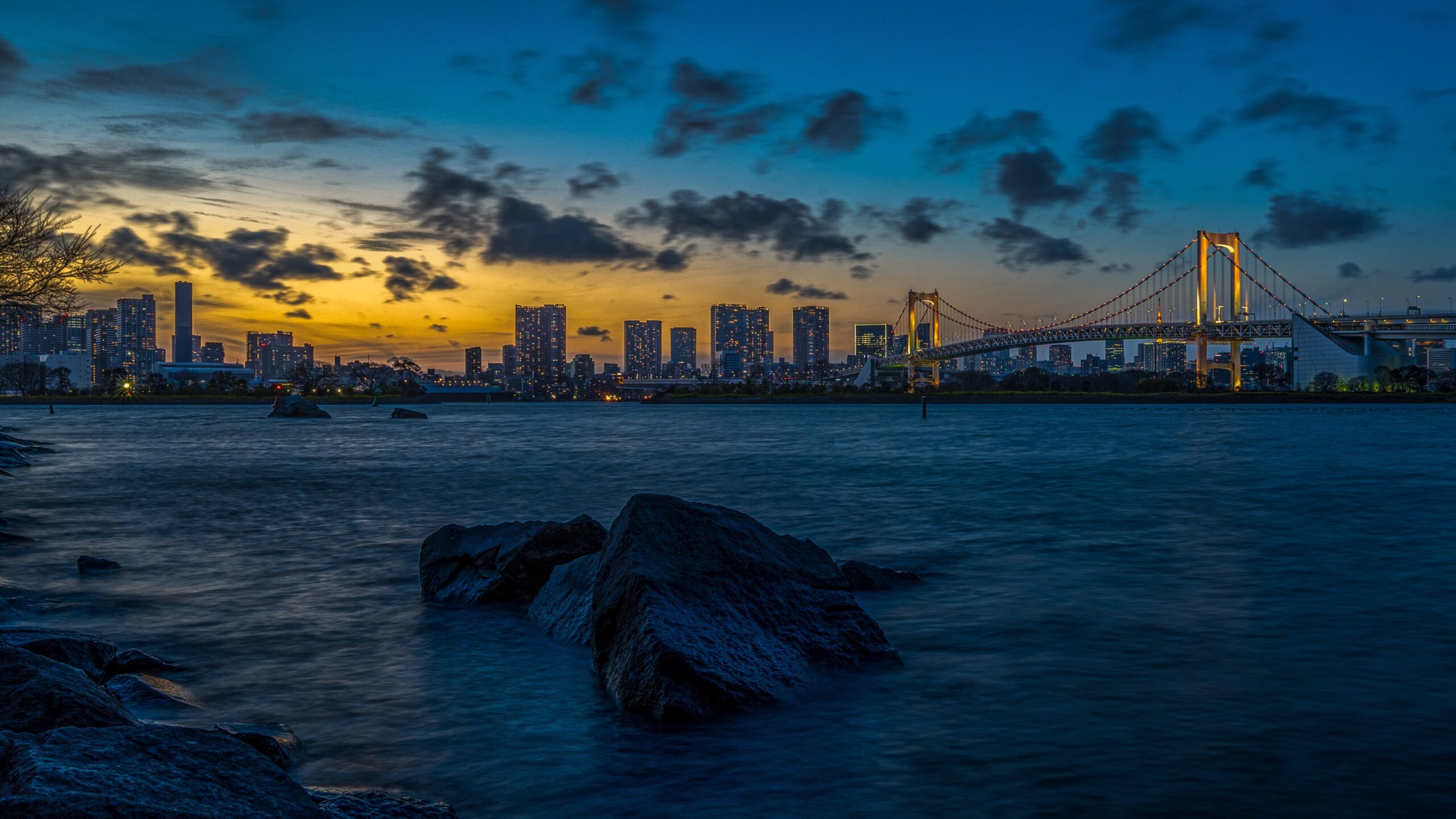
In Tokyo, you do not need to worry about tsunamis. While they could theoretically happen, an earthquake would have to be centered in Tokyo Bay itself to form a wave; or the tsunami would have to be exactly perpendicular to the narrow inlet of Tokyo Bay for a wave to pass through. It is more likely that the wave disperses harmlessly rather than enter the bay.
Inspection of the biggest disruption
But if there is an earthquake, the disruptions are not limited to the ground shaking. The biggest interruption is that things shut down for inspection, and that can take several days to sort out. That includes elevators, which automatically go down to the lowest floor (which may be in the basement) and stop there; the trains will stop because the train company needs to check that the rails have not moved; and even on the expressways, the bridges have to be inspected. And of course, the subways have to be inspected, both concerning the rails and the integrity of the tunnels.

Even in Tokyo buildings, there can be issues that force you to take alternate routes, since a really big earthquake can expose flaws that escaped the strict inspections of construction plans and certification of the finished buildings. In 2011, Shinagawa Station was closed for several days as the lights had to be inspected – the armature risked falling on the heads of travelers.
Rubber feet and steel balls
Generally, Tokyo buildings are built to handle earthquakes. Most of the buildings in today’s Tokyo, after all, withstood the 2011 earthquake. Even if the Skytree antennas became somewhat misaligned and had to be adjusted.
There are various methods used for earthquake-proofing, from putting buildings on enormous rubber feet to installing counterweights on the upper floors of buildings. The intention is to absorb and counterbalance the movement created by the waves of energy, so that buildings will not be damaged.
This means new buildings are safer than older buildings, as they have more modern safety measures built in. They also often hold hotels and restaurants that welcome visitors. But it may not be so easy – on March 9, 2011, all hotel rooms in Tokyo sold out in a matter of minutes as office workers and others realized that they would be stuck in central Tokyo until the trains started running again.

Getting a taxi will not be particularly easy either, as they will be busy transporting people to the suburbs, now that trains are not running. If you get them going, it is not unlikely that your Japanese friends will tell you stories about how they had to walk across Tokyo or ride bicycles from Yokohama.
Get under the table
So what should you do, if an earthquake happens to you? Anything that does not make things fall off the shelves, there is no need to worry.
But if things start falling off the shelves, get under the table. It is the best place in case the shaking gets so bad that the things falling off the shelves break, or appliances and furniture start falling over.
Once the shaking has stopped, grab your emergency bag and head to the emergency evacuation location. This is one reason Japanese households keep an emergency bag at home with an emergency blanket, simple medicines, other medical supplies, and a bottle of water. If you are renting an apartment, there should be an emergency bag somewhere. Ask where it is, and where to go if there is an evacuation. Typically, this is in a nearby school or park, which is prepared to receive evacuees.
Know your evacuation location
But you may be allowed to return home pretty quickly, or you may not have to leave (this depends very much on the building). You should check what applies; the news on radio and TV will have more information, but in Japanese. The city of Tokyo has a website with emergency information which makes sense to check.
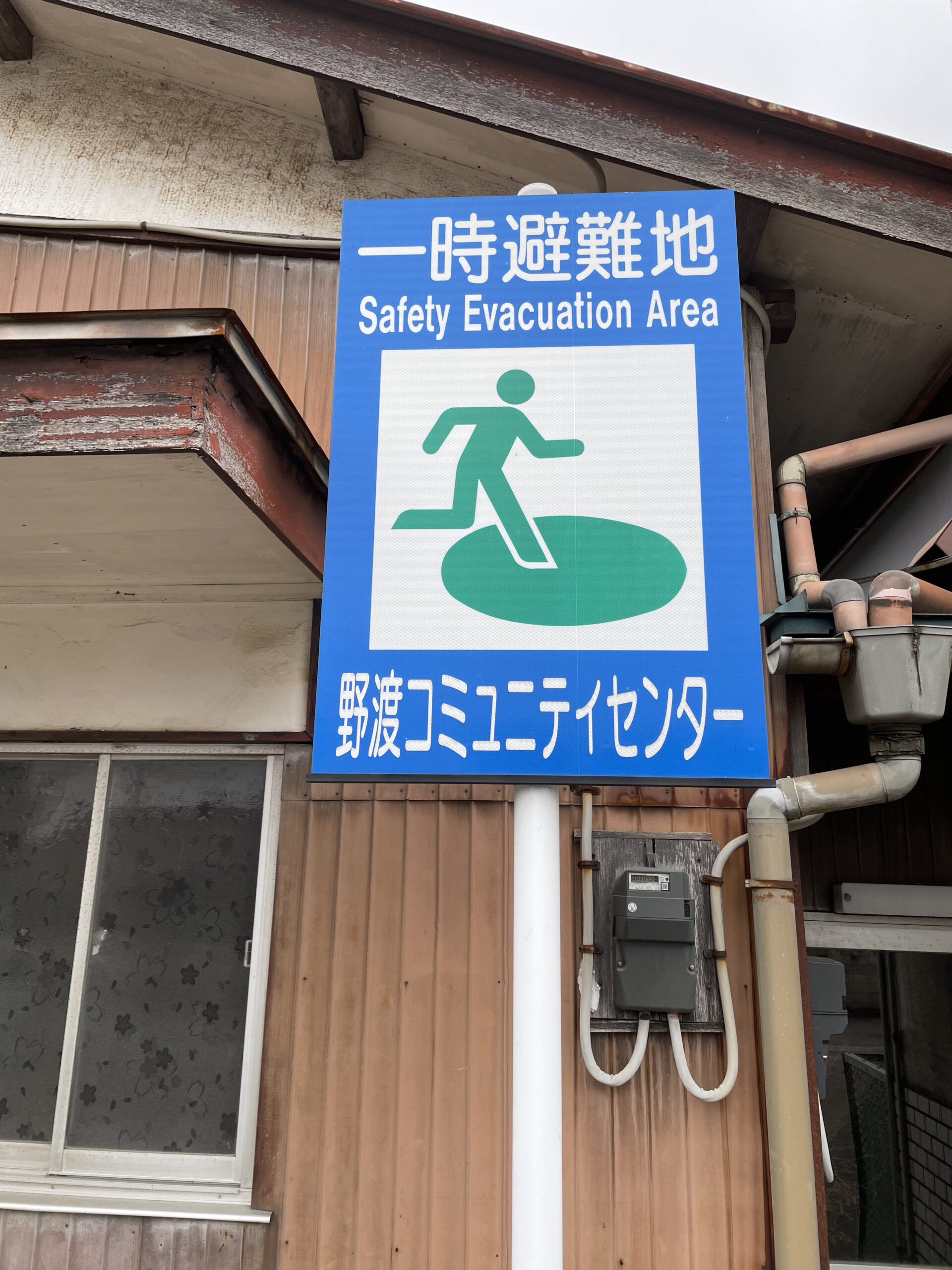
There is another reason you want to make sure of the location where you have to go, and that is in case the earthquake happens while part of the family is outside – shopping, for instance. If there is an earthquake while you are out, you need a place to meet, in case you can not make contact. Phones are likely to be overloaded and not let through anything but emergency calls, especially from foreign phones (which is one reason to get a Japanese SIM card for at least two of the family phones).



